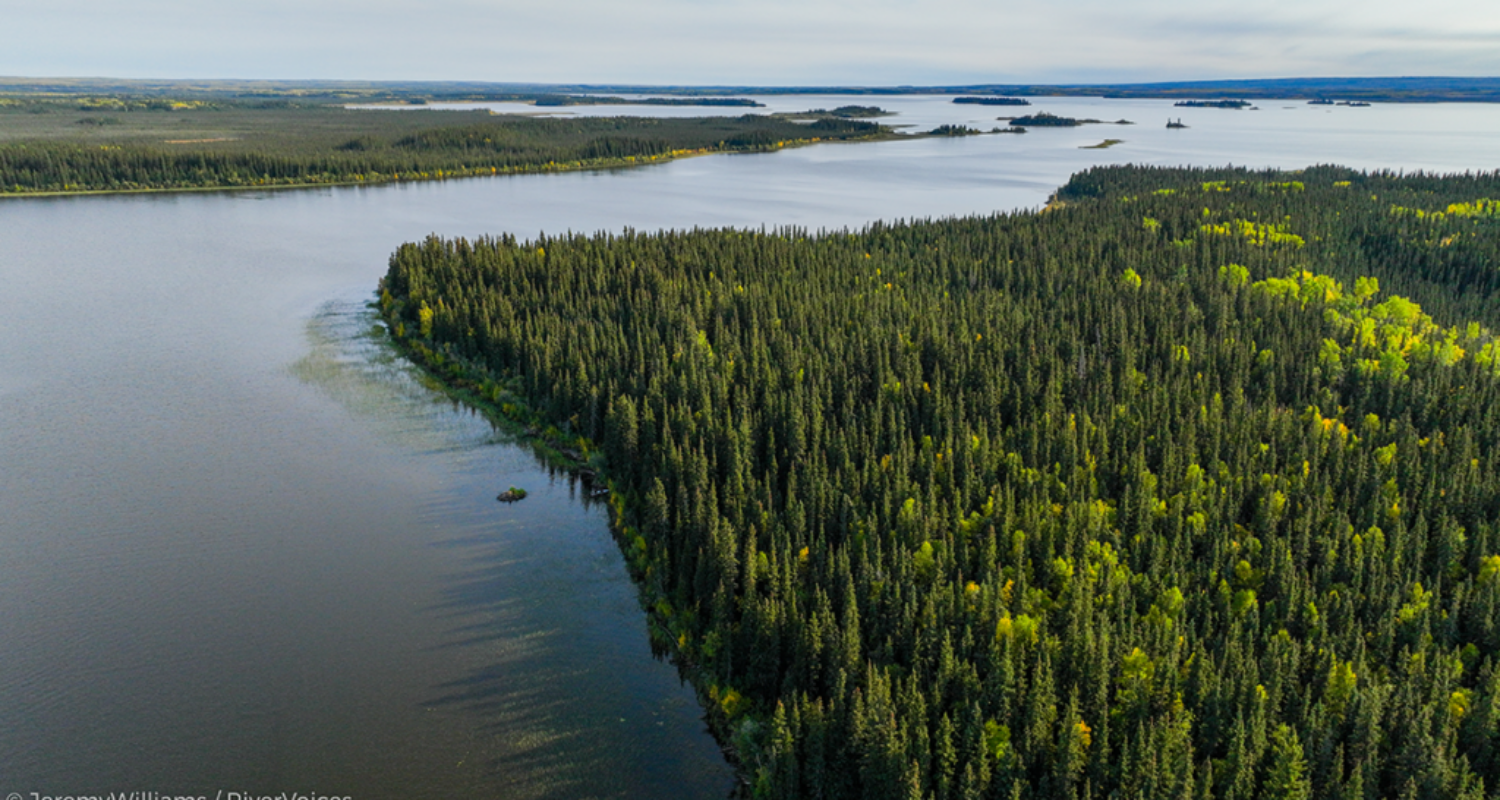
April 13, 2022
Edmonton, AB – The Government of Alberta has finalized two important land use plans for caribou in the northeast and northwest of the province. The Cold Lake sub-regional plan and the Bistcho sub-regional plan are two new plans that detail a series of management approaches and requirements for industrial development while supporting economic, recreational, conservation, and Indigenous opportunities. They will inform land-use activities that will impact the Cold Lake, Christina Lake, and Bistcho caribou herds.
Woodland caribou (boreal population) have been listed on Canada’s Species At Risk Act (SARA) since 2003. Under this federal legislation, the province must provide effective habitat protections for woodland caribou.
The Cold Lake and Bistcho sub-regional plans include a 100-year blueprint to meet federal habitat objectives, including achieving 65% undisturbed caribou habitat in each range by year 100.
“Unfortunately, after decades of increasing disturbance, caribou don’t have the luxury of time to wait 100 years for enough habitat,” says Gillian Chow-Fraser, Boreal Program Manager. “The success or failure of these range plans will come down to how aggressively they are implemented and enforced by Alberta in the next 10 years—but the plan is missing strong commitment to those short-term actions.”
CPAWS Northern Alberta is frustrated to see many of the land use limits that were laid out in the draft plans used for public consultation have been weakened. Allowable road densities increased, disturbance limits for planning units in caribou ranges increased, and planning units prioritizing conservation decreased. The Bistcho sub-regional plan also includes a potential future road network through large swaths of caribou habitat that is currently inaccessible by road.
There is no mention of a potential Indigenous Protected and Conserved Area (IPCA) in the Bistcho sub-regional plan, even though exploring the concept was a unanimously supported recommendation from the Bistcho Task Force and a formal IPCA proposal developed by the Dene Tha’ First Nation exists for the region.
“The plans need to result in effective habitat protections for caribou that meet requirements under Canada’s Species At Risk Act,” says Kecia Kerr, Executive Director. “If not, Alberta is vulnerable to a safety net order for habitat protection, just as we’re seeing right now in Quebec.”
Precedent has been set for federal intervention where provinces are not meeting caribou recovery needs: Quebec was recently notified of Canada’s intention to enact a “safety net order” in the province due to lack of effective protections for woodland caribou. Alberta is not protected from intervention, even with a signed Conservation Agreement with Canada, if the sub-regional plans fail to show they meet habitat requirements or effective protection of critical habitat.
A Canada-Alberta conservation agreement for woodland caribou commits the province to develop sub-regional plans for all caribou herds in Alberta in the next three years. Upcoming sub-regional plans include the Upper Smoky, Berland sub-regions in west-central Alberta and the Wandering River sub-region in northeast Alberta.
For more information:
Gillian Chow-Fraser, Boreal Program Manager
[email protected], 780-777-0715
More information on the sub-regional plans:
- A small nod to the Indigenous concerns in the region is reflected in the Bistcho sub-regional plan’s recognition of the importance of the large island on Bistcho Lake, Moose Island. Dene Tha’ First Nation knowledge holders shared that this island is important to the caribou herd. The plan identifies it as a ‘wildlife sanctuary’, a designation typically used to prohibit hunting in an area. It is not a formal protected area classification, which would be needed to permanently protect the islands from disturbance.
- With the finalization of the sub-regional plans, the previously-held moratorium on sale of new mineral rights in the Bistcho and Cold Lake caribou ranges will be lifted.
- The plans include wetland disturbance limits and road density limits, but no strong commitments shown for how wind down of industrial development will occur in the next 10-20 years.
Make a donation
Move conservation forward in Alberta.
Lasting protection for nature and wildlife in Alberta doesn’t happen overnight (although we wish it did)! Your donation fuels our fight for nature. Donate to support CPAWS Northern Alberta’s conservation efforts.
